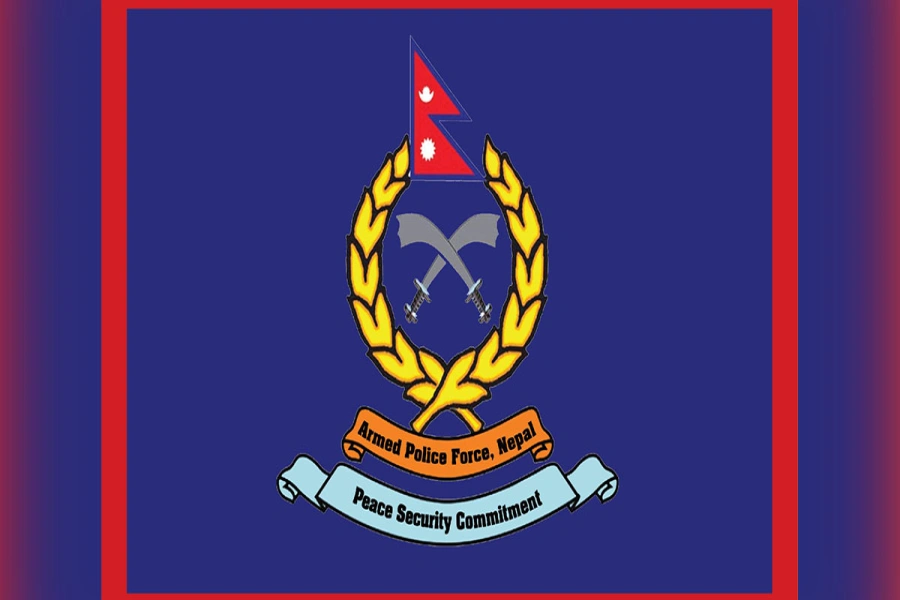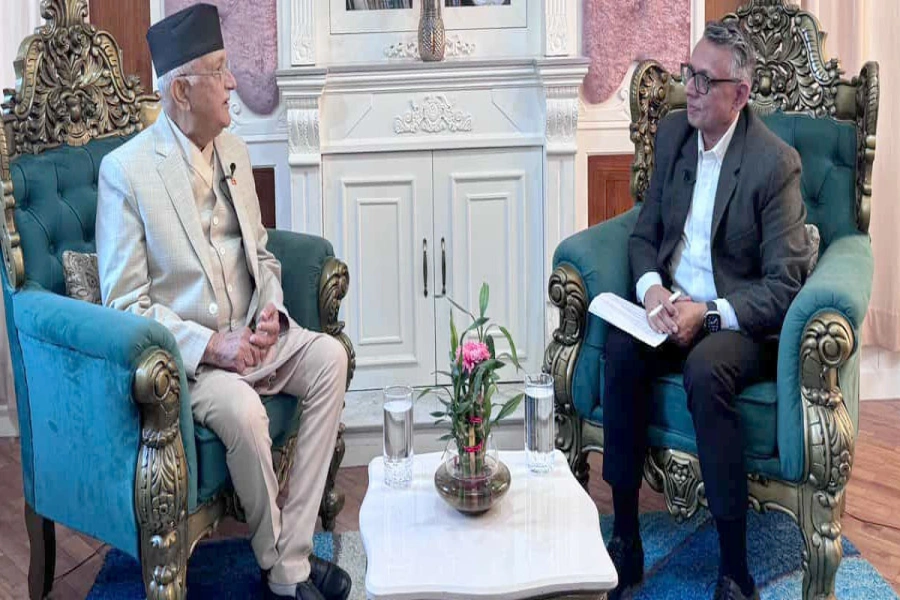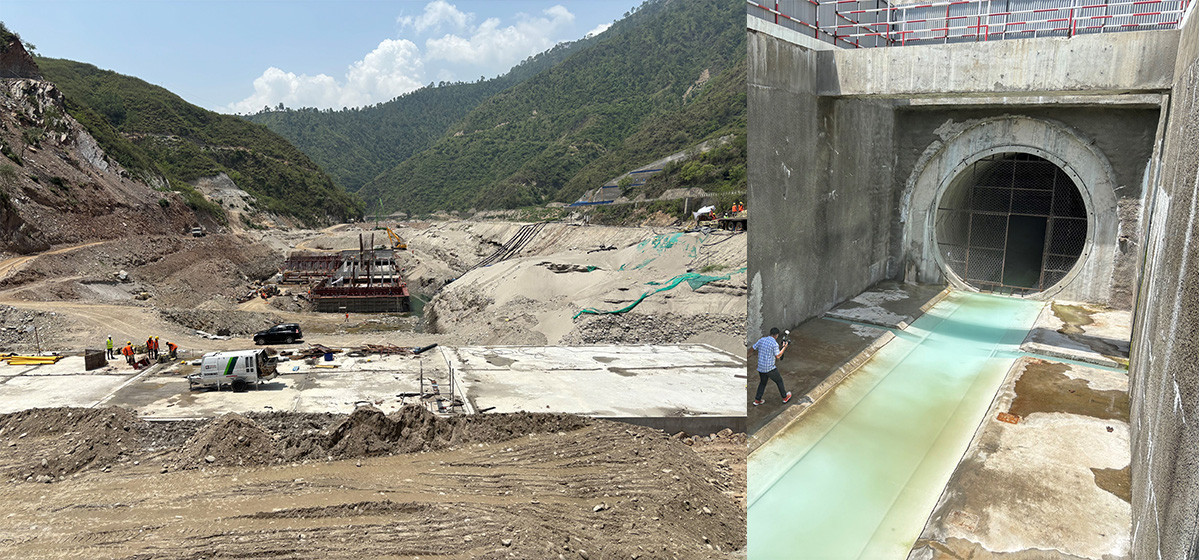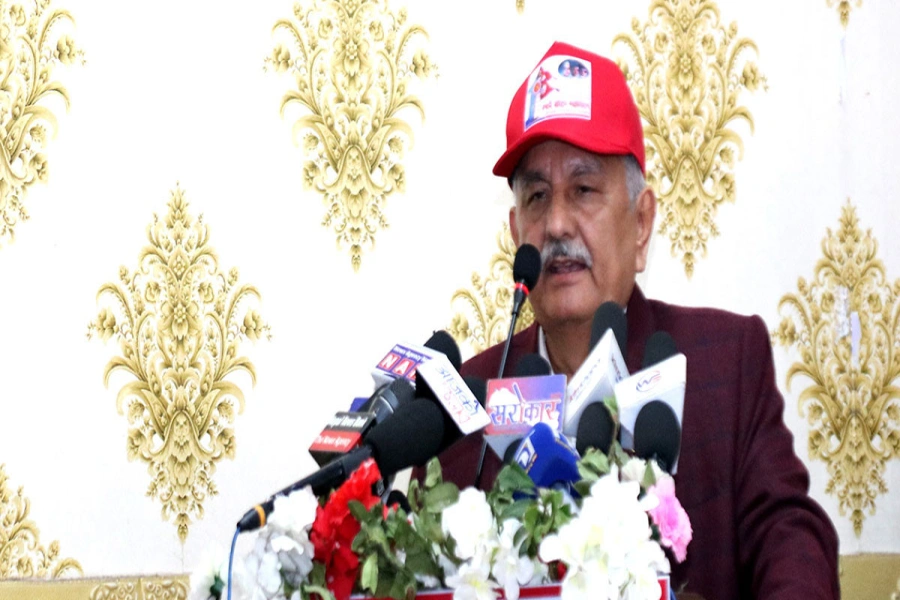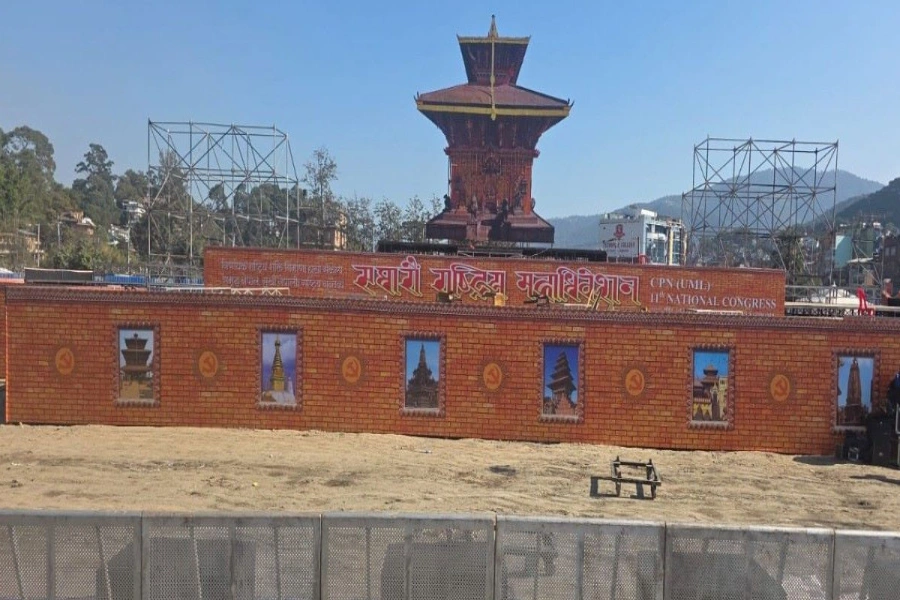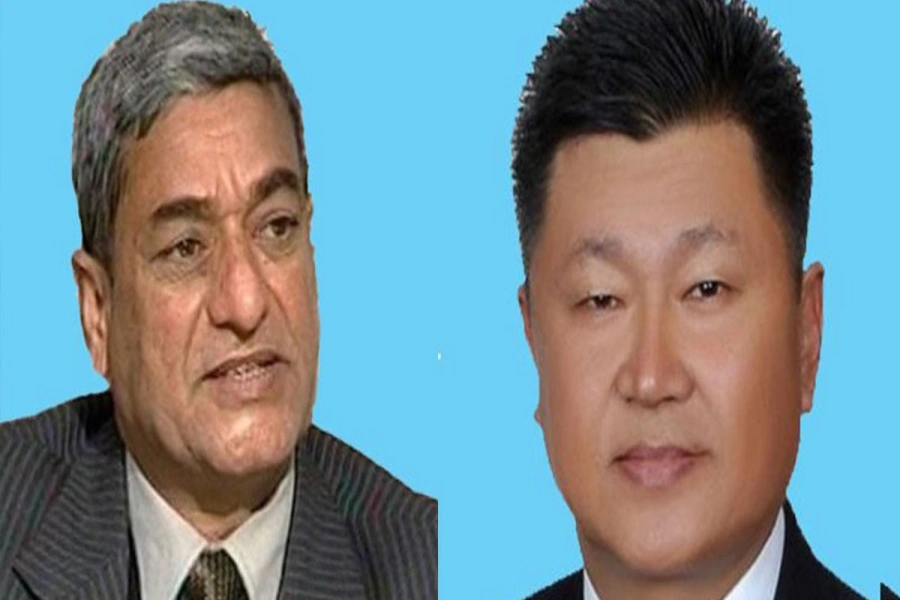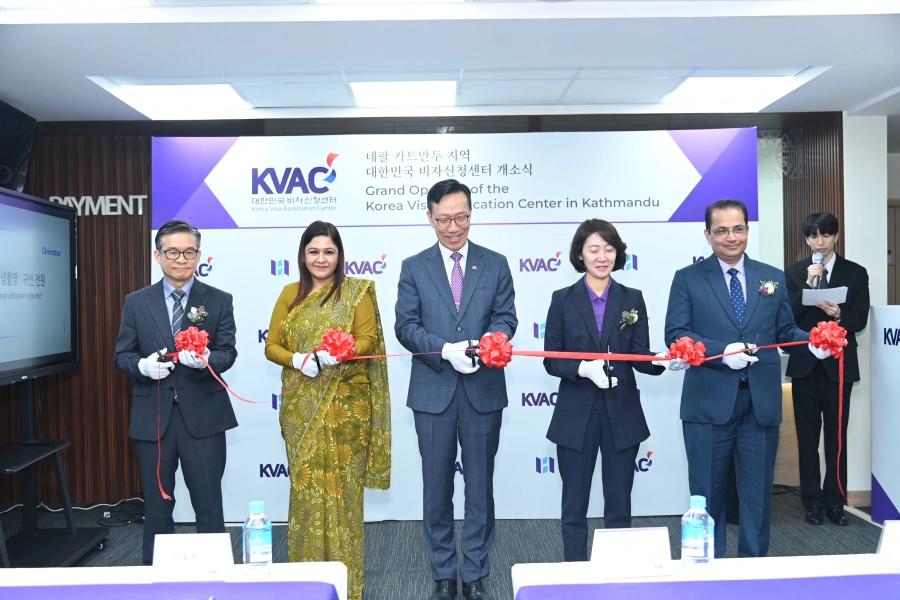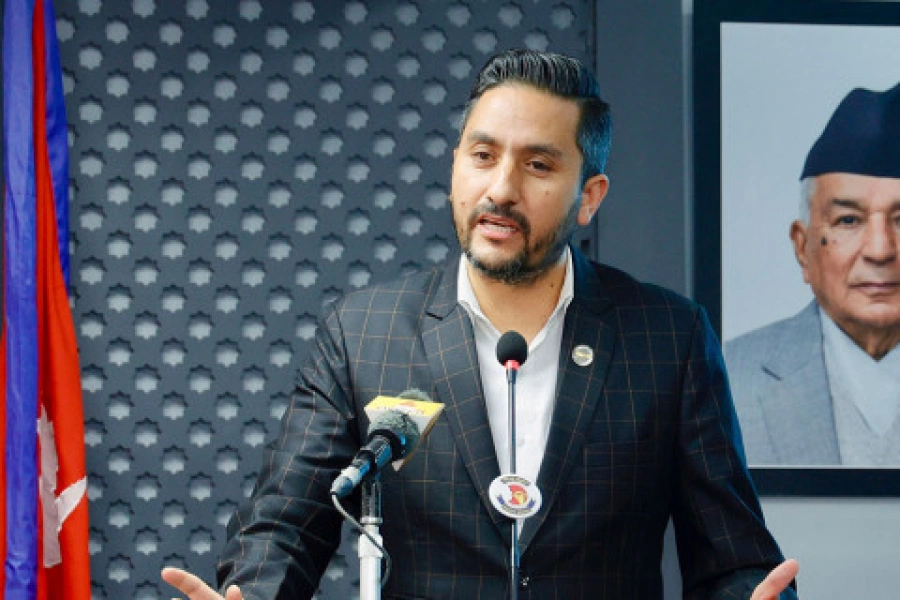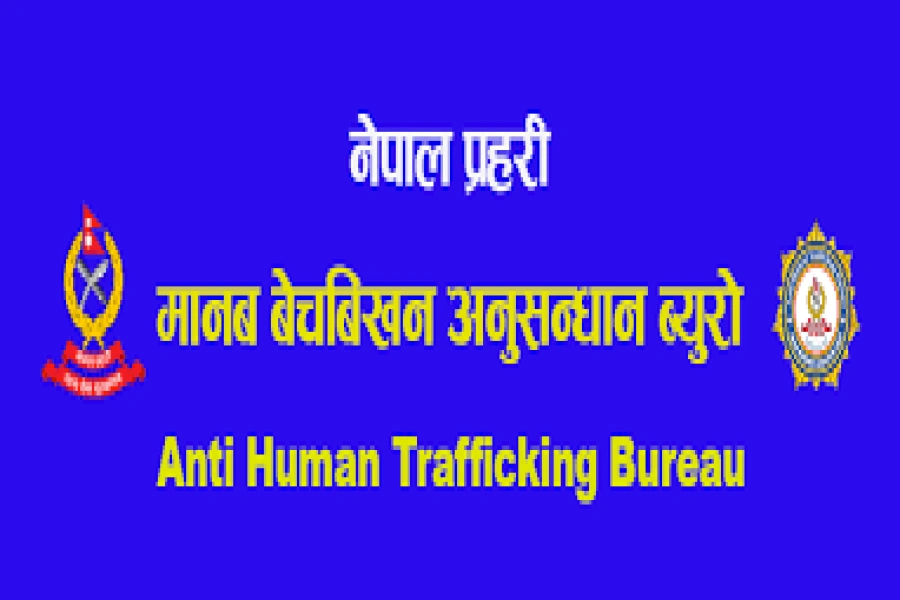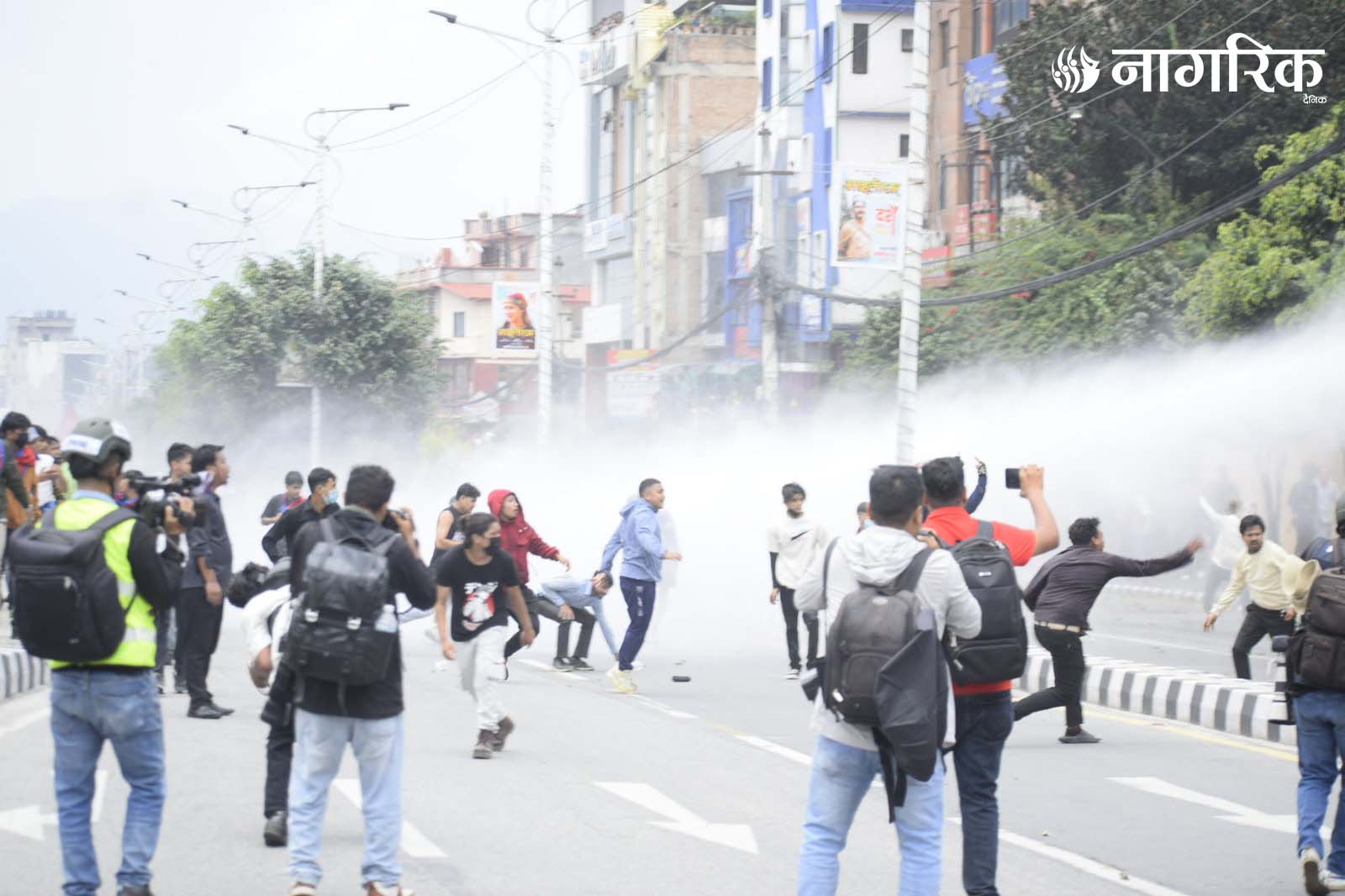Knowing him as a Tamil, I asked him how he felt about the Sinhala – Sri Lanka’s ethnic Buddhist majority – atrocities on Sri Lankan Tamils, the biggest minority. I could immediately see moisture building up in his eyes. Even the mild starry lights were enough for me to sense his emotions. He paused for a painfully long time, long enough for me to start regretting my question. Perhaps I hit upon something too sensitive. I tried to change the subject, talking about something else. He suddenly responded, as if he completely missed out on my ploy.[break]
“It’s not about Sinhala and Tamils, Prashant. It’s about people in power who institutionalize discrimination, and those who are deprived of basic human rights.” He went on, “I don’t have any hatred towards the Sinhala, but I hate the sight of weakness in my own Tamil society. I want my society to be strong – strong enough not to allow anyone perpetrate injustice on it. Hating others doesn’t help.”
It’s the inspiring response of my Sri Lankan friend that made me pick the above anecdote to put forward my core argument in this article. We don’t at all need to hate anyone –in the context of this article, India – to prove we love for our country as is popularly believed and practiced by a section of us Nepalis since the advent of interplay among the post-colonial regimes of South Asia. If ‘hating’ is seen as a natural human trait essential to our ‘being’ by some of us, let’s rather hate our own weaknesses and try to get rid of them. Most of our problems are emanating from our own deficiencies, and not from those of someone else’s strengths.
The situation in Nepal vis-à-vis India is much different than it was during the colonial times when our sovereignty as an independent nation was put to question invariably by the British colonizers to our south. Today, we are a confident and sovereign country, a member of the United Nations since 1955. Our sovereignty has been clearly and unquestionably endorsed by both our giant neighbors India (1950) and China (1960) through respective Treaties of Peace and Friendship. There are some uncomfortable issues around the 1950 treaty with India that irks us patriotic Nepalis, but let us not forget that this treaty was signed by our despotic Rana rulers almost at the fag end of their 104-year-old aristocracy, and therefore was reflective of their desperation to win the confidence of, at that time, a recently liberated India. And, even these contentious issues can only be settled through proactive, confident and honest dialogue rather than through spreading hatred or fear.
A commonality of purpose, as has been seen in the history of most modern states, is a prerequisite to bring together peoples of varied ethnicities, languages and customs. Neighboring India itself could be a good example where the common hatred for their foreign rulers, markedly so from 1857 to 1947, brought a diverse India together. A commonality of purpose accomplished that no emperor or religious preacher could accomplish in millenniums, and it gave birth to modern India. A similar commonality of purpose created modern Pakistan as a large section of Muslims, though they wanted their own piece in the newfound-independence for which their brethren had made equally huge sacrifices. It is the course that these two modern nation states, India and Pakistan, who took in their post-independent era (post-1947) is good to examine in the context of the subject matter of this article.
For fear and hatred, actual or bloated, Pakistan took the path of being obsessed with India. Its foreign policy, defense spending, even the political slogans all continued to focus on India, and India only, for a long time. Popular as the ‘hatred of politics’ always is, the average Pakistanis too continued to remain entertained by this detrimental ‘commonality of purpose.’ Pakistan saw innumerous political and military upheavals and coups, all of their new rulers justifying their acts by claiming they were more capable than the ones they replaced in defending Pakistan against the (largely made up) Indian onslaught. The trend continues till date, but its effects are fading as young and educated Pakistanis are slowly realizing the futility of such obsession and hatred with one neighbor of theirs. Frustrated with the goings-on, they rather want to be seen as nationals of a modern nation that minds its own business.
India, on the other hand, largely took poverty and underdevelopment as their enemy number one, right from Nehru’s time. They did have outrageously huge and unproductive defense spending for a poor country, yet their rulers remained generally apologetic to their people for not spending these rather scarce resources on human development. Their foreign policy, especially in the context of their neighboring countries, remained rather confused and inconsistent, and therefore unpopular almost in all their neighboring countries, yet their rulers, generally speaking, did not make the politics of hatred as a popular or central tool. Even with a militarily superior China, the Indian rulers, despite a war in 1962, continued to use the tactics of friendship rather than hatred. Nehru devised the Panchasheel, the five principals of friendship that formed the basis of Indo-China relationship, and later, the foundation of the Non-Aligned Movement (NAM). Today, with even a very little knowledge on the relative status of Pakistan and India (even after factoring in their relative sizes) in the modern comity of nations of our world, we can clearly see that ‘hatred’ and its perpetration in a polity is dangerous and detrimental to the economy and wellbeing of a country perpetrating it.
Unfortunately, the politicians in Nepal supported by a good section of us the citizens have used this detrimental tool for too long already. And just like Pakistan, albeit at a much lower pitch, hatred for India has led to providing ammunition and political capital to power grabbers for effecting regime changes and political instability in our country too. It is no rocket science today to know that spreading fear and hatred are the only tools available to cunning politicians in any country, as this group of people has nothing positive to offer to their society. Let us stop being befooled by these painfully oft-repeated regressive tools, and start confronting those perpetrating them by asking them ‘What is the solution, and how are your policies going to help the situation?’
The ‘Hatred for India’ mantra as a policy imperative, without valid reasons (like an out and out border confrontation) is highly unlikely to unite all Nepalis ever. We cannot forget that millions of Nepalis have been Indian citizens for generations. Among Nepal’s own peoples of all ethnicities, many are fondly connected with India. Their kids are studying or working in India, or they have marital links with Indians. These phenomena become even more pronounced when one factors in Madhesis who form a substantial part of Nepal’s population. A majority of Madhesis have one of the following fond social links with India and Indians – their mothers are from India (who may now be Nepali citizens), their sisters or brothers, or they themselves are married to Indians (who may now be Nepali citizens). With such familial and respectful linkages, it is outrageous to expect a Madhesi to generally hate India or Indians. It would be tantamount to hating one’s mother, sister or spouse, and insulting the nation of their mother’s origin or sister’s residency. It is not possible at all, and therefore, not a good agenda if uniting Nepalis for making a modern Nepal is our goal. The same is true also about the highhandedness and cruelty that Nepal police and administration show in dealing with Tibetan refugees and their sympathizers in Nepal, as a good section of Nepalis see Tibetans almost as their half-brothers.
Multiethnic countries and those with highly diverse populations with age-old practices and traditions must be ruled with extreme caution so as not to hit on the sensitivities of any community in wrong ways. Thus far, Nepal has been presumed to be a homogeneous society with only one popular culture – that of the Khas Nepali majority. The famed ‘chaar varna and chhattis jaat’ categorization only captured the immediate surrounding of the Hindu ruling clans of those days, and did not recognize the existence of modern Nepal’s immense religious and ethnic diversity.
Modern Nepal can only be built by confronting the realities of our rather diverse country and by respecting the sentiments of one and all. The sustained peace and prosperity of our country would never be achieved until all Nepalis find a commonality of purpose. Divisive agenda like ‘Hate India’ or ‘Hate Tibetans’ (without plausible reasoning) can never win the confidence of the Madhesis, Adibasi Janajaatis and other minorities who suffered a painfully long near-internal-colonization since 1768. Until all Nepalis foresee a new Nepal being built where each and every Nepali, irrespective of one’s color, creed and religion, is respected and provided equal opportunity, they would not put their heart into the country’s progress. All past political upheavals have created winners and losers among us Nepalis. Let this time every single Nepali be a winner.
Nations evolve, and so do the ethnicities living within the boundaries of the nation. Multiethnic societies come together rather easily when they find a common enemy. Let that common enemy in Nepal be poverty, underdevelopment and lack of in-country opportunities for our youth, and not a neighboring country with which we are destined to coexist. Hating India takes away the vital energy out of our system that could otherwise be used for our progress. Let’s love Nepal. Loving our country does not ask for hating India.
prashaantsingh.wordpress.com
Love: Mystery and Miracle




